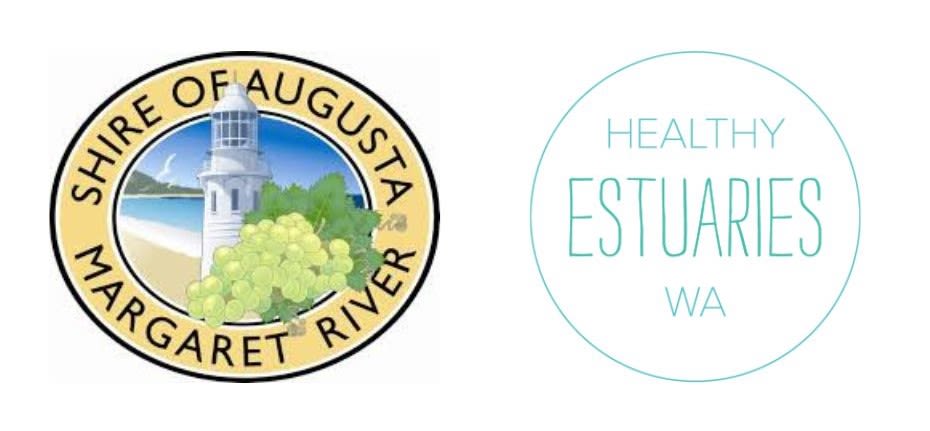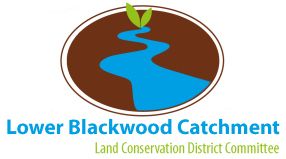Forest Grove Farm, Forest Grove, Western Australia
Farmer Case Study
Regenerative Agriculture in Practice Project (RAPP) 2022
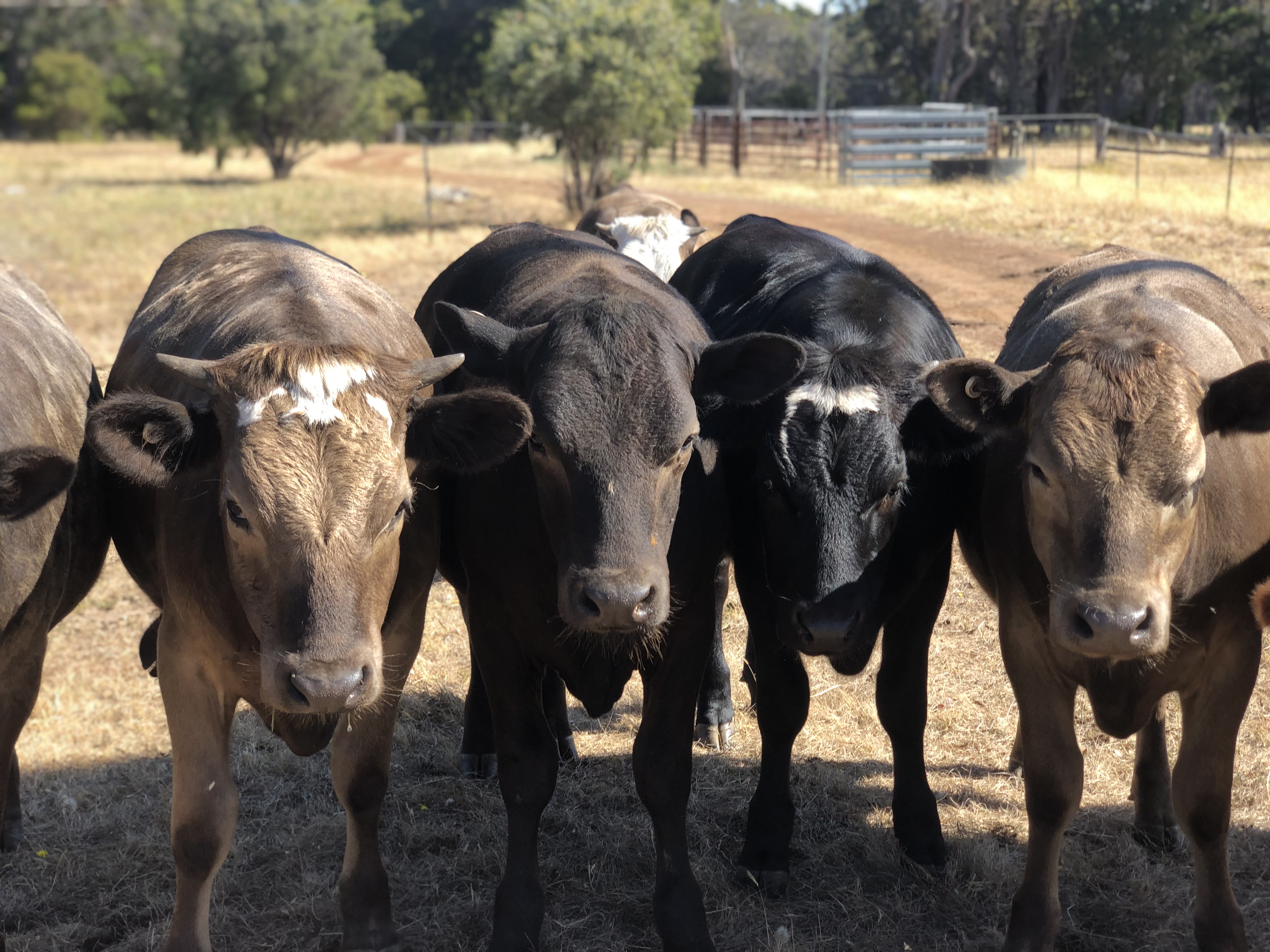
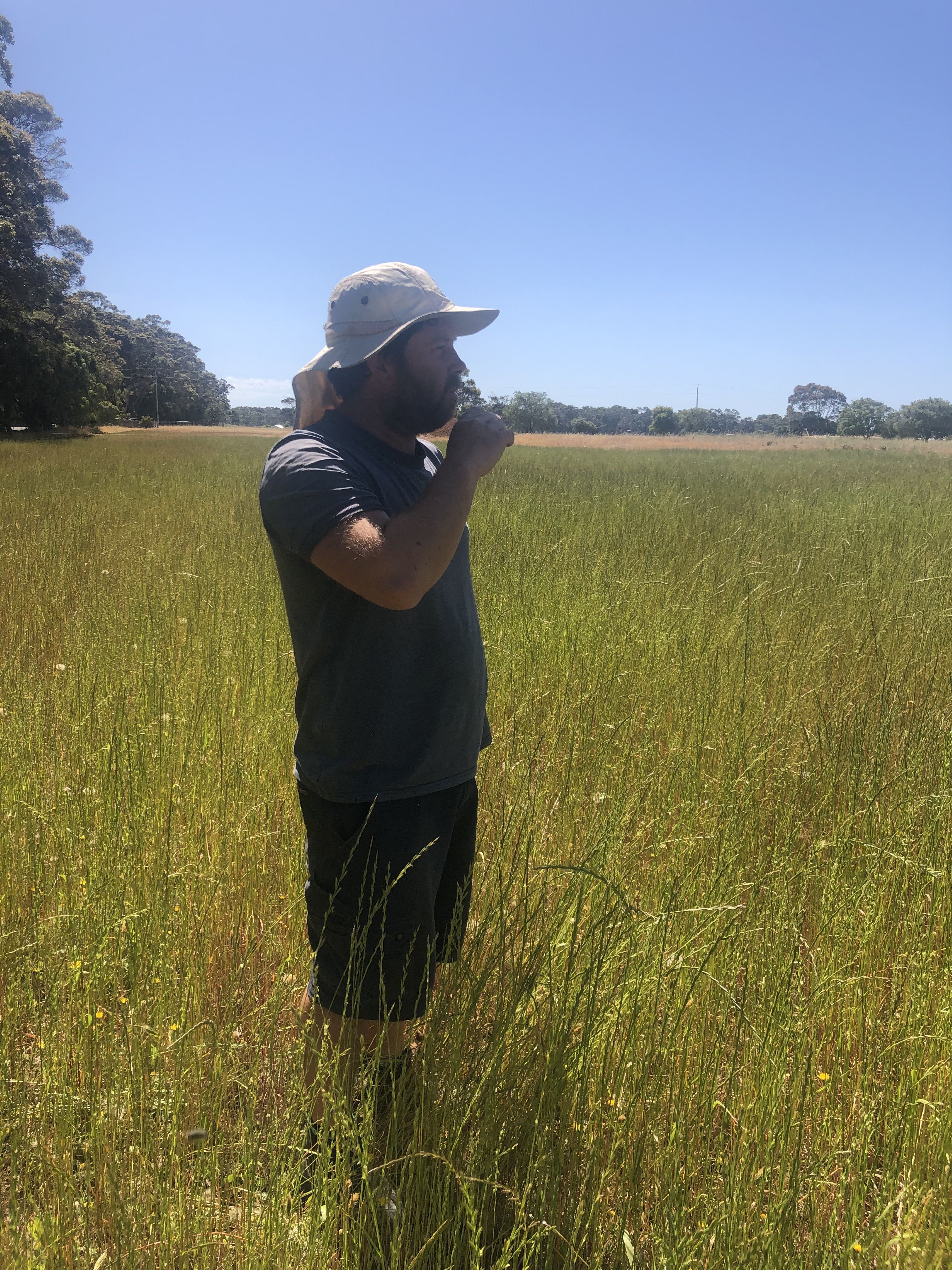
Asher Cohen, Forest Grove
Asher describes his farming adventure as a 'spur of the moment' decision. He was brought up on a small farming block in Denmark, WA, and loved it; deep down he always knew that he needed to work on the land.
But his career had taken him in a different direction. A respected chef, he works four days a week in a well-known Margaret River restaurant - a tough gig when you're also trying to run a farm.
Asher's farm is in Forest Grove, 15 minutes south of Margaret River. Although there's no doubt this is a great location, he admits that it was in a sorry state when he took it on. With two run-down houses, most of the fencing on the ground and pastures gone wild, it was always going to be a big project.
"I feel like I've been pulling up old fences for years!"
But a dream's a dream, and there was no way he was going to be swayed...
FACT FILE:
|
Project name: |
Regenerative Agriculture in Practice (RAPP) 2022 |
|---|---|
|
Landholder: |
Asher Cohen |
|
Location: |
Forest Grove, Western Australia |
|
Property Size: |
160 Acres |
|
Enterprise: |
Beef |
|
Av. Rainfall: |
1,130 mm |
|
Climate: |
Mediterranean |
Asher's Farm
"The main challenge is that no paddock has the same soil right through it."
The farm is 160 acres on a slightly westerly slope, wet in winter and dry in summer. It's on of the last farms on the flats before it turns into the cave system on the Leeuwin Ridge, which means a lot of water flows through the property in the winter time. It also means that historically lots of soils have washed through the farm, and during the RAPP program's soil testing, he identified six soil types on the farm, with multiple soil types in every paddock.
There's no predominant soil type; Forest Grove gravelly loam, mottle grey sandy clay, darker red karri loams with gravel as well as sandy patches and clay gravel can be found throughout the landscape.
This is a beef farm with slowly increasing numbers as Asher improves pasture quality and builds fencing.
- 27 cows just about to calve
- 11 heifers held over from last year
Challenges
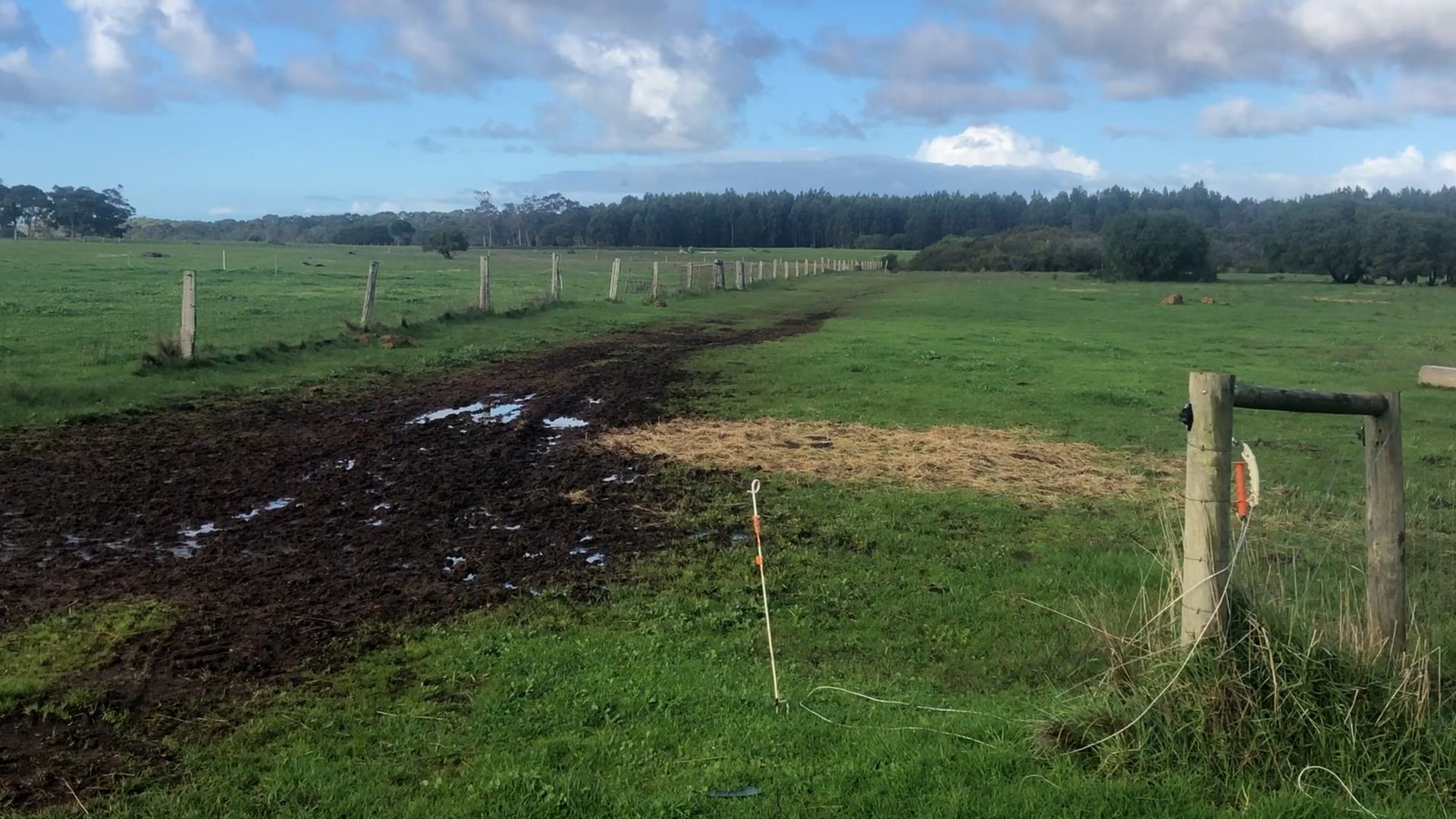
Preparing The Farm
Asher's initial focus was to renovate the farmhouse. As a new Dad the family was priority, and he knew that the farmland would have to come second.
With ramshackle fencing there was no doubt that secure paddock boundaries had to be the next big investment. It was only as he started to feel that the infrastructure was a bit more organised that he could start to focus on pasture and livestock.
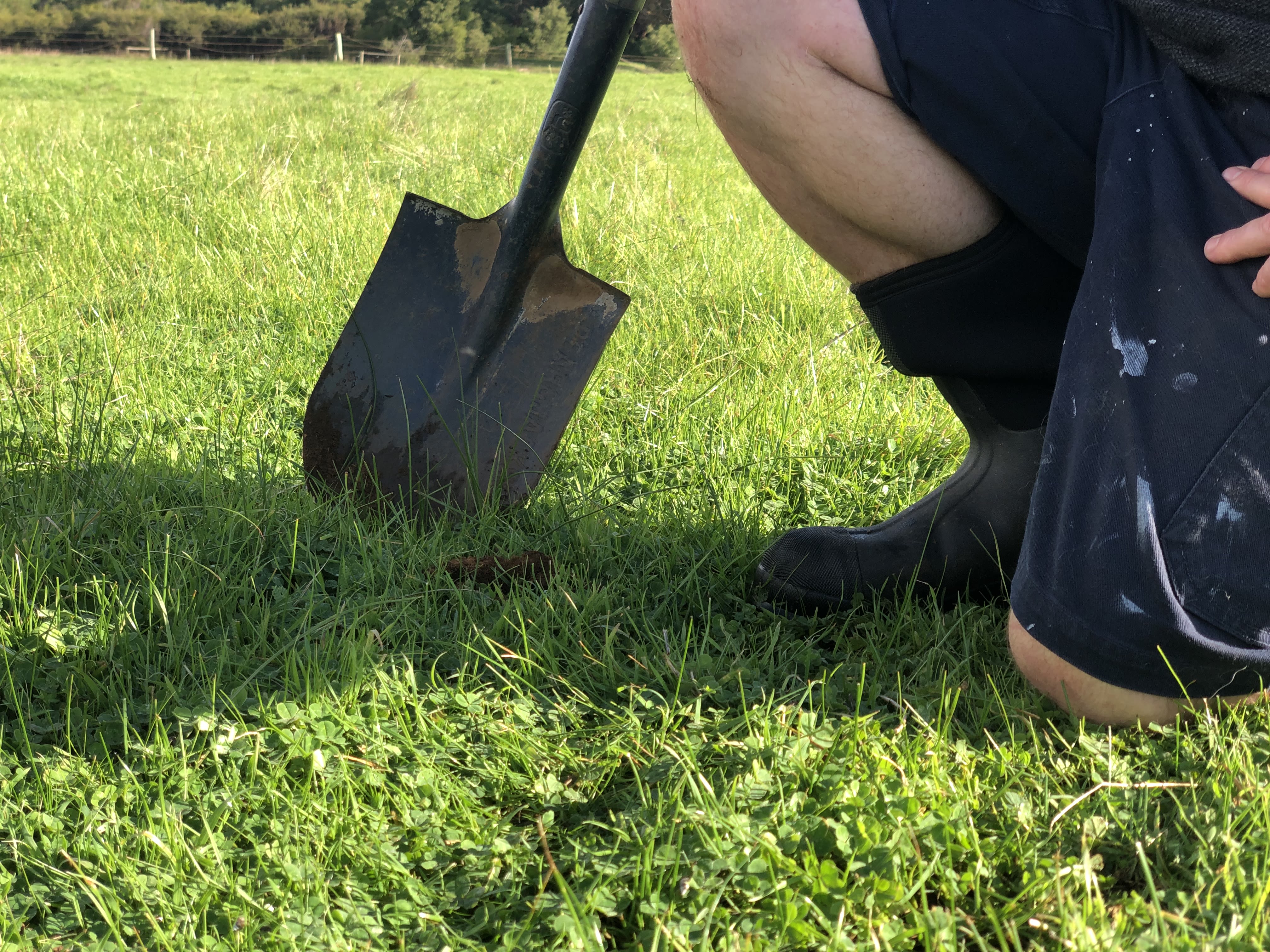
Working Off-Farm
Time is the main challenge for Asher. He works four days at a busy restaurant and is a new Dad (Angus is just 11 months old), so finding the time to invest in the RAPP program as well as working, fathering and farming was a huge challenge.
However, Asher explains that one of the benefits of the program was it's flexibility.
"I'd love to have been able to but there are a lot of other things going on at the moment. Because I don't do a traditional 9-5 I didn't get a good run at it, but I had the chance to go to the sessions that I could, and there was always emails and follow up information that I could use."
Practice Changes
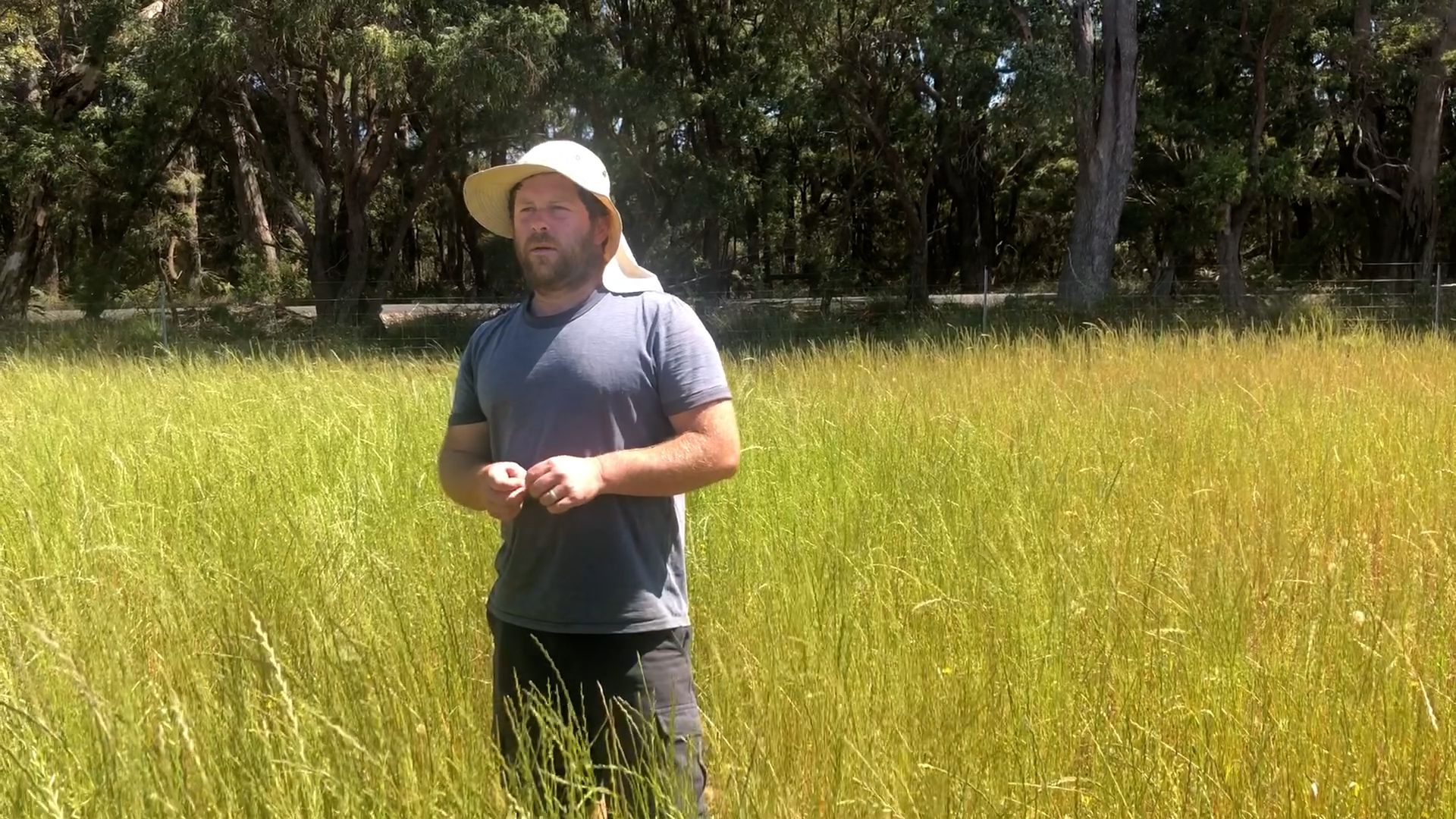
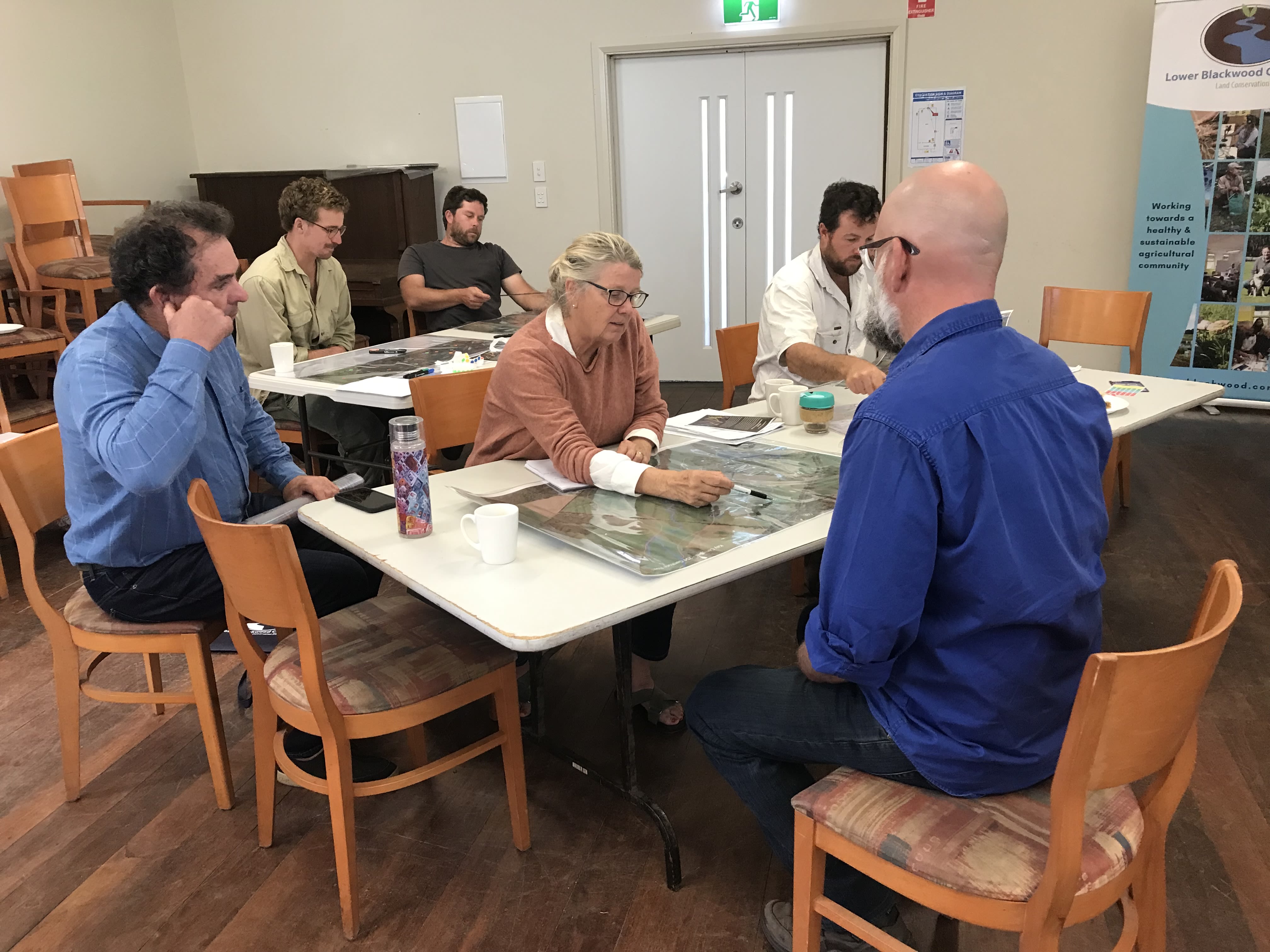
Planning
Asher knew that his initial focus for the farm had to be renovating the homestead and fixing up the fencing. But he also knew that there was a lot more to do after that.
Organising the farm well right from the start laid the foundation for a successful enterprise. Working with agroecologist David Hardwick for four days helped Asher to consider all the elements of his farm - his goals, his topography, his stock, his infrastructure and layering in water access, paddock planning and watering points. But an important element to Asher was the ability to also factor in his own lifestyle and family needs.
"The Whole Farm Planning gave me a fresh perspective on the farm. Putting it all together like a jigsaw puzzle helped me approach it differently. It was literally putting a jigsaw together."
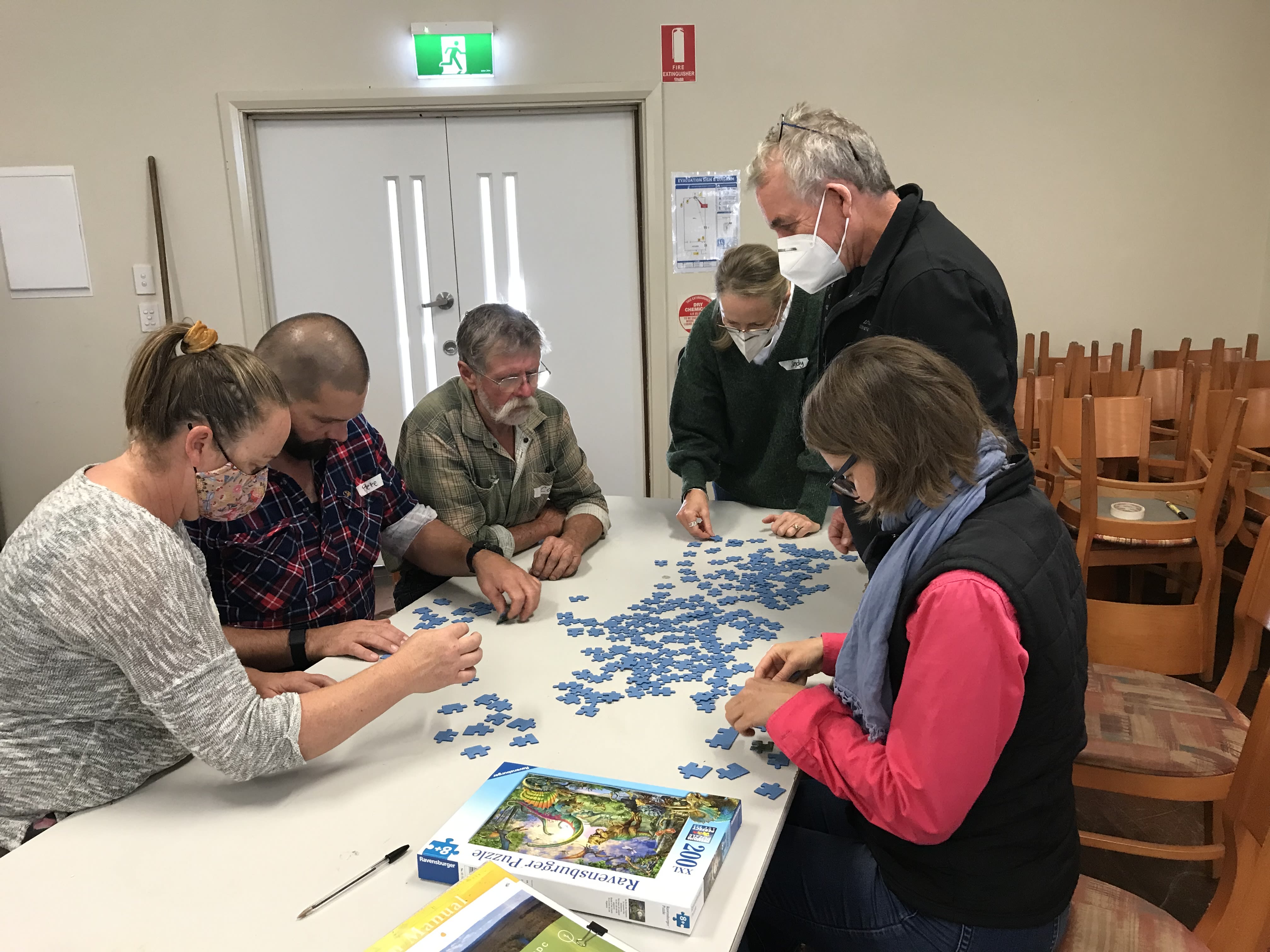
Planned Grazing
This year, Asher has introduced rotational grazing to maximise the positive impact of his stock on the pasture and help with controlling parasites.
Dr. Judi Earl (a leader in the practice of using livestock to improve soil depth and health, water retention increased biodiversity and animal production) spent time at Asher's farm and together they developed a bespoke grazing program to revitalise the pastures.
Although he's still formalising his paddock structure, he has about 12 paddocks laid out and is in the process of organising those areas and adapting his stock management. The Whole Farm Planning has also helped with identifying practical watering points.
He admits that he's using a lot of poly braid to separate paddocks, but this also has the benefit of allowing him to rotate stock and strip graze (and follow Judi's grazing strategies).
For more about Judi's grazing methods, listen to the Lower Blackwood podcast with Judi here.
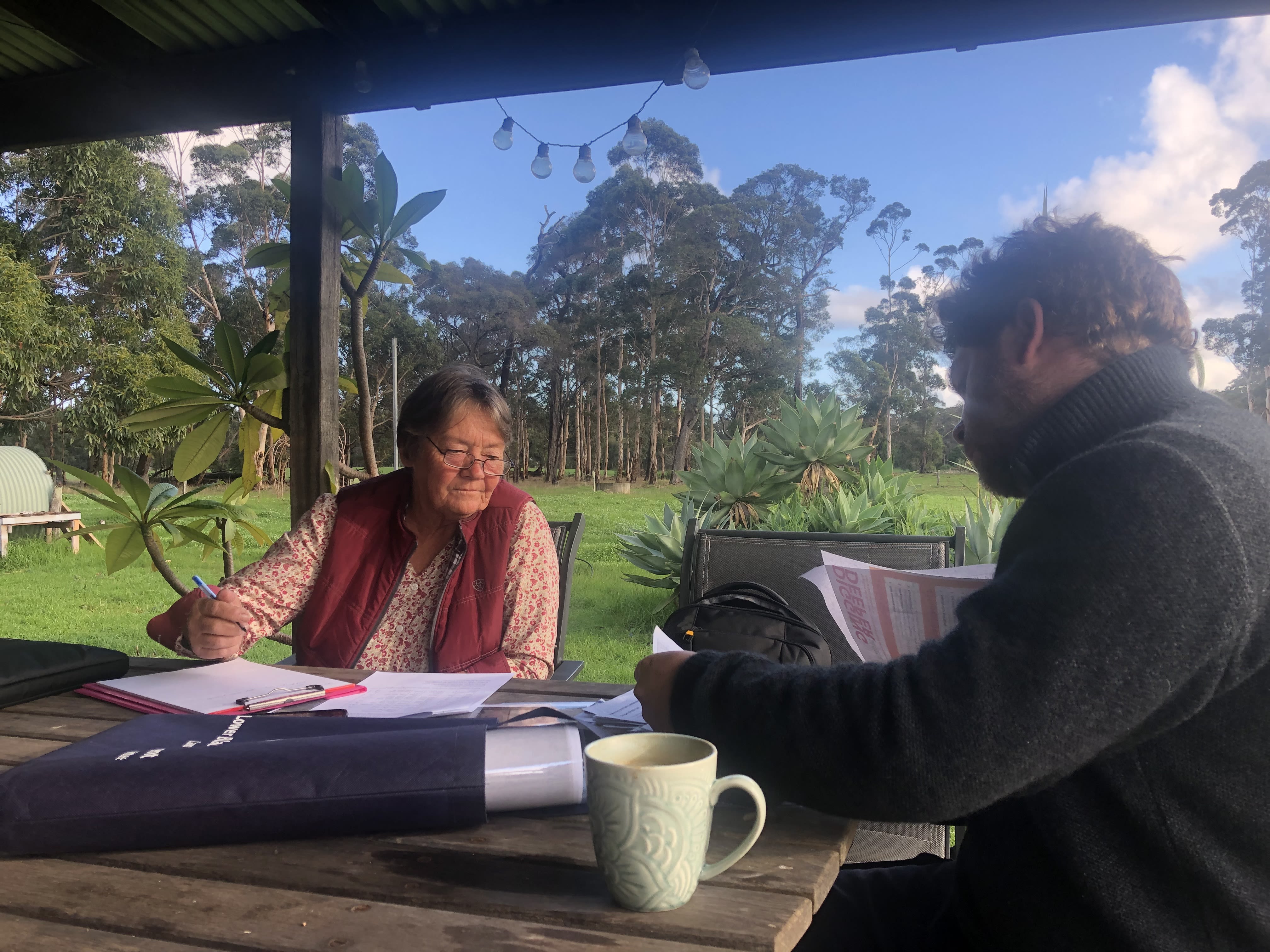
Desired Outcomes

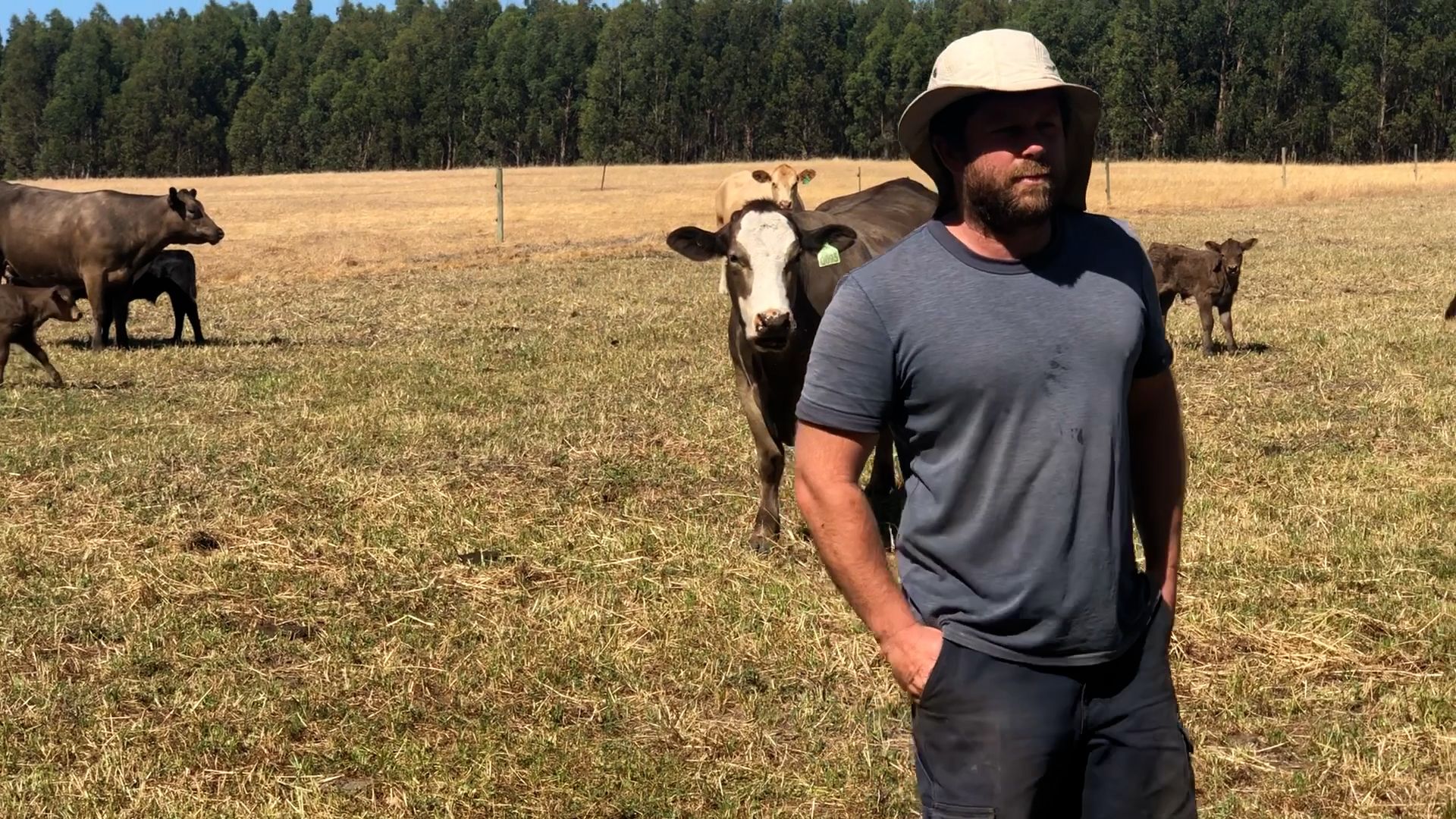
- Improved productivity
- Local knowledge/insights
- Refining current systems
- Improved pasture
Asher has implemented lots of small changes on his farm. Due to his off-farm work commitments he hasn't done as much as he wanted, but he has a clear plan for the future.
"I can look at my farm as a whole and plan what to do next. I'm working from the northern 60 acres of the farm and working down."
Over the next year Asher will focus on rebuilding fences and strip grazing to improve pastures. Referring to his chef experience he explains;
"I'm trying not to re-invent but taking bits of everything and making it into something that works for me. I'll put it together like a soup, and go from there."
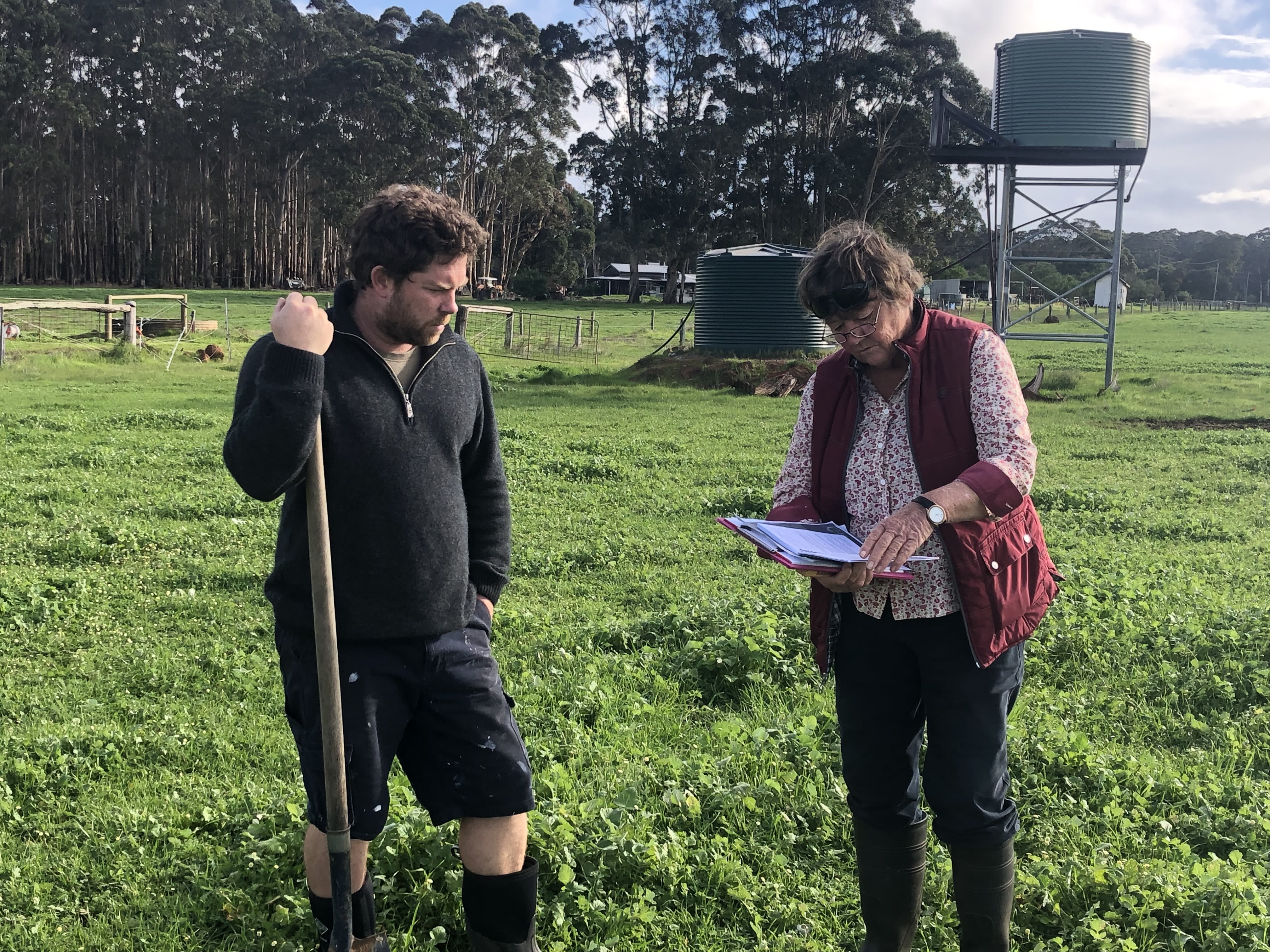
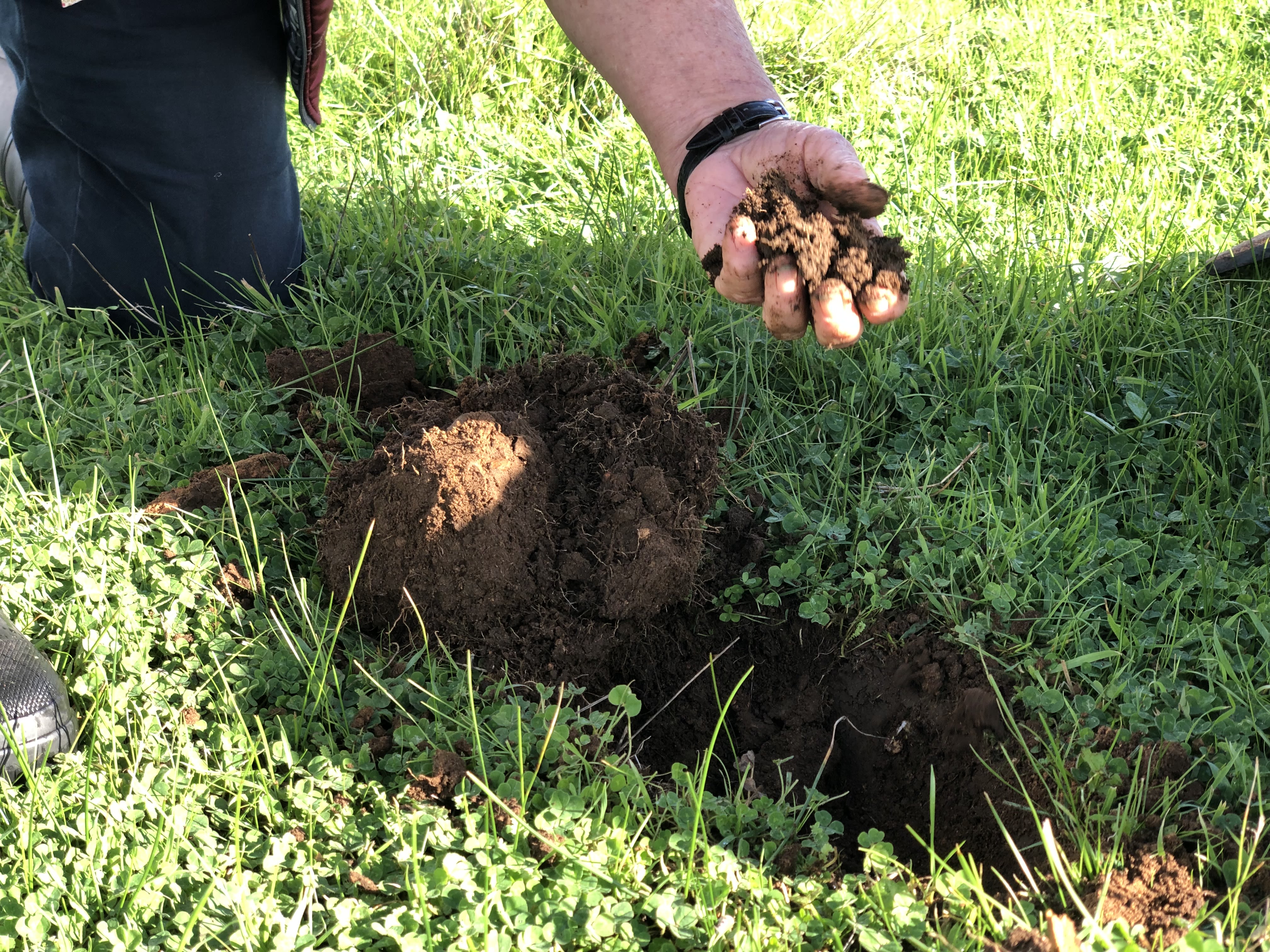
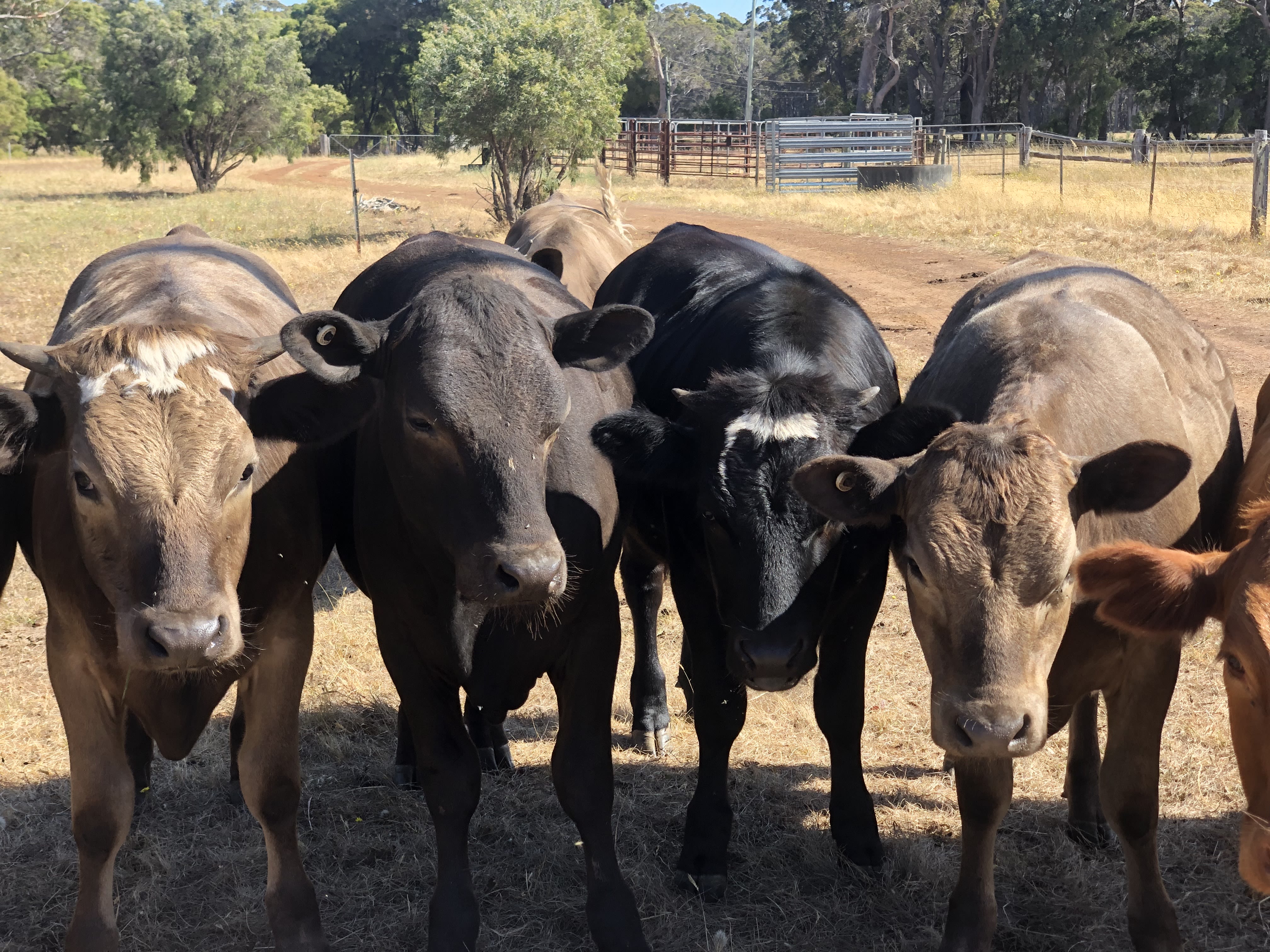
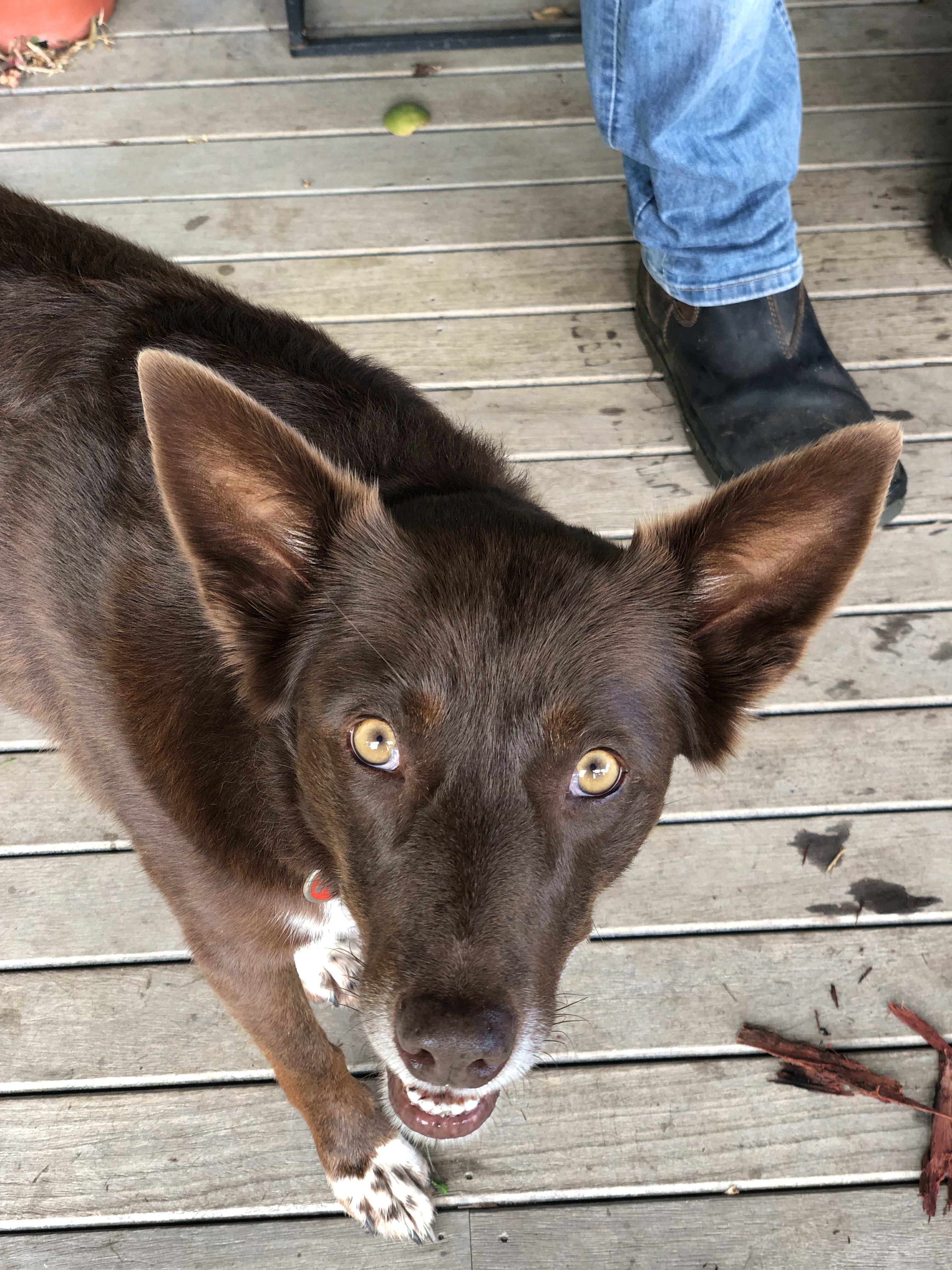
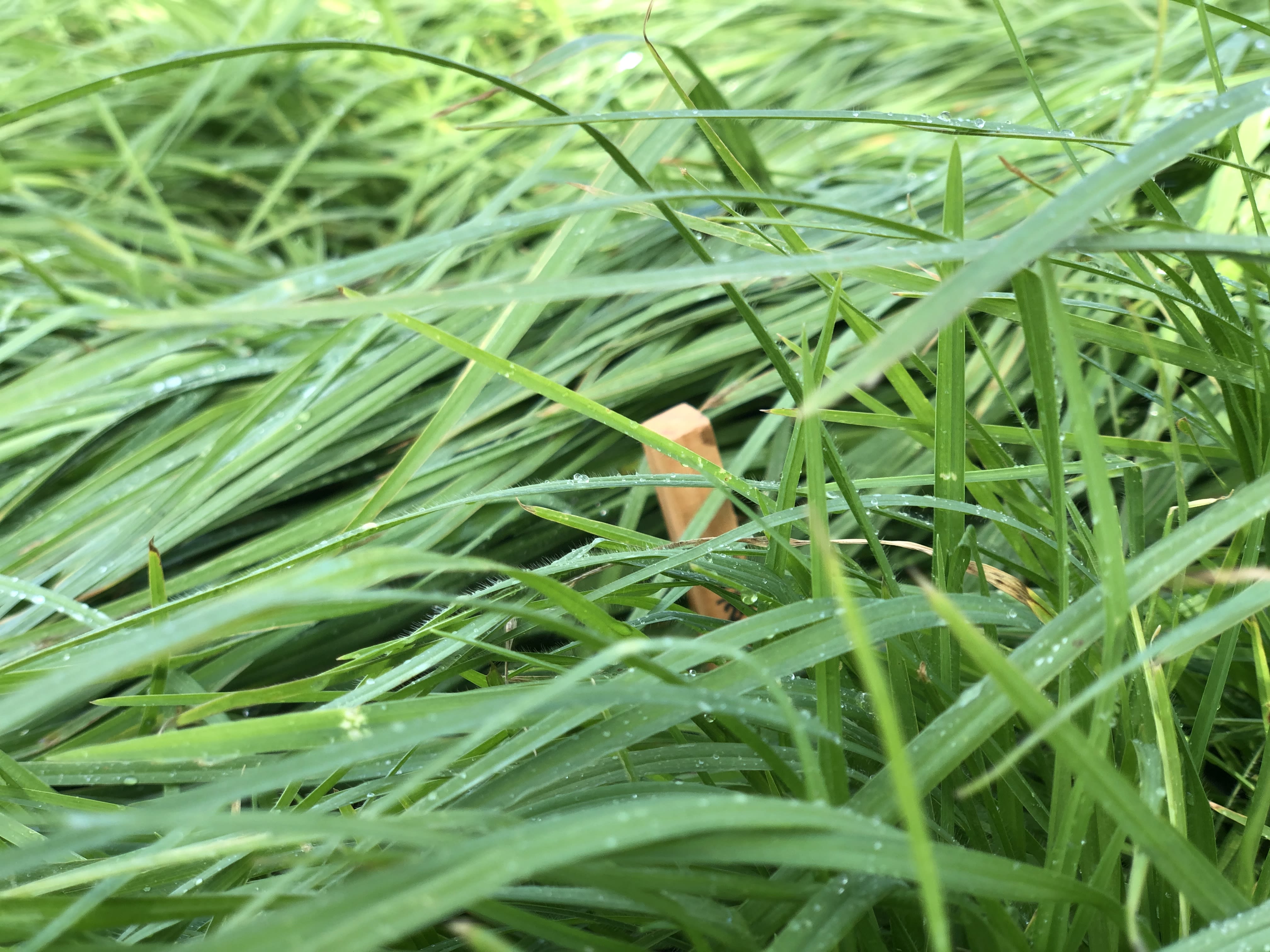





About RAPP 2022
Renerative agriculture is a 21st century, science based way of farming. It applies an ecological approach to agriculture, working with the ecology of a farm to achieve profitable production along with looking after the natural capital of an enterprise, its soils, water, vegetation and wildlife.
The 2022 Regenerative Agriculture in Practice – A Whole of Landscape Approach project expands on both our 2020 (Grazing Management) & 2021 (Building Resilience) projects under the Augusta Margaret River Shire’s Environmental Management Fund.
The project includes 4 key elements:
- Whole Farm Planning
- Soil Health and Resilience
- Regenerative Grazing Management
- Exclusive Peer Group events and webinars
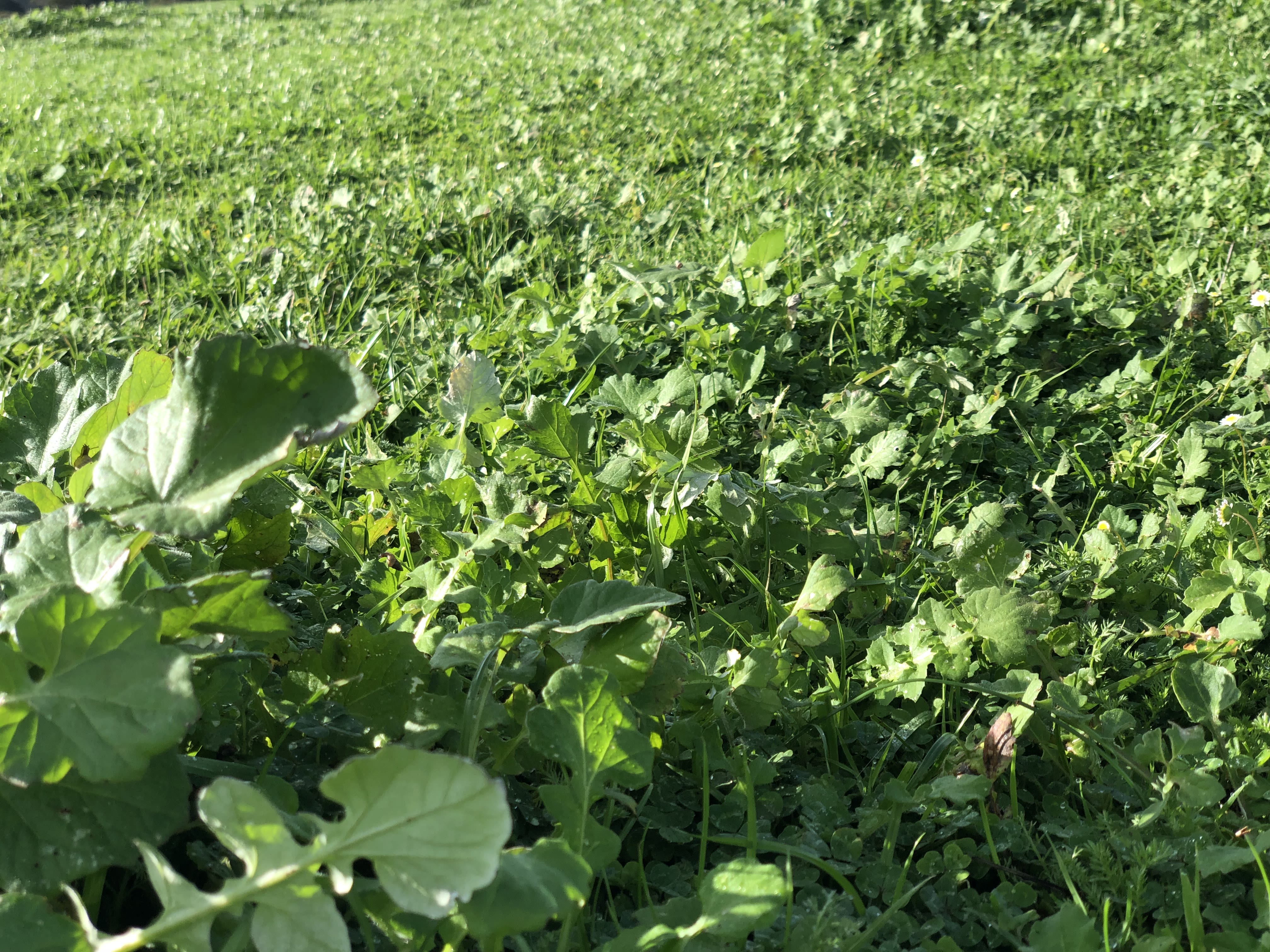
This case study forms part of the Regenerative Agriculture in Practice 2022 project. This project has been enabled through the Augusta Margaret River Shire Environmental Management Fund with support from Healthy Estuaries WA.
